Korean researchers develop a new process for rendering paper and textile fibers conductive with aluminum.
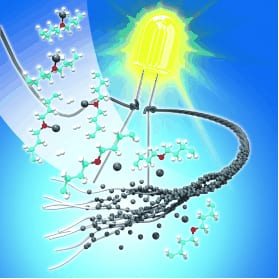

Korean researchers develop a new process for rendering paper and textile fibers conductive with aluminum.
Transaction is subject to the fulfillment of customary closing conditions including a required filing with the U.S. competition authorities.
Sensor aims to detect homemade explosives made with hydrogen peroxide without false positives from substances such as toothpaste.
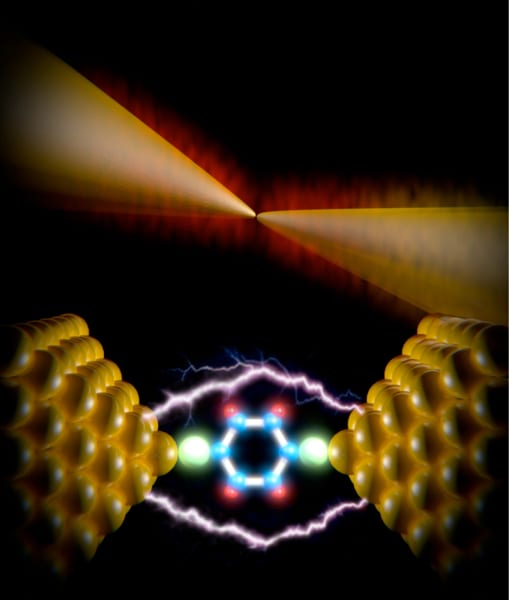
An international research team has shown the unique ways in which heat dissipates at the tiniest scales.
Researchers at the University of Washington have created a material to make LED bulbs cheaper and greener to manufacture, driving down the price.
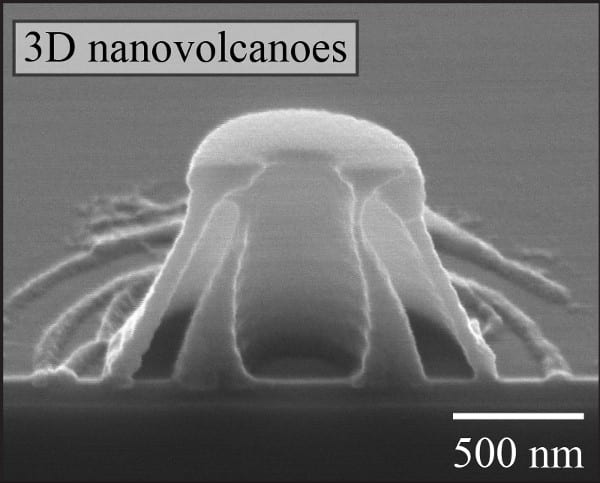
New nanostructures can store precise amounts of other materials and hold promise for new drug-delivery technologies.
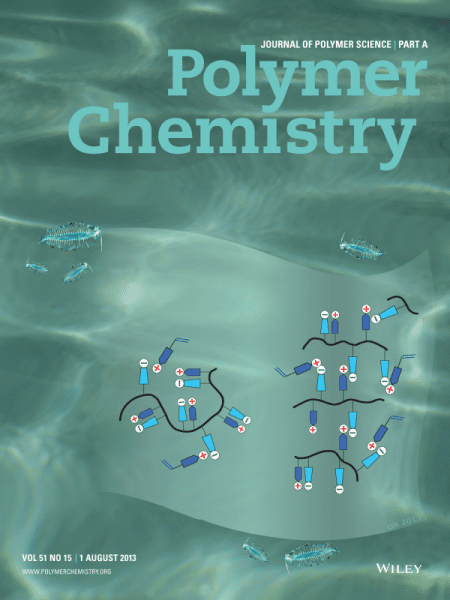
The Journal of Polymer Science Part A: Polymer Chemistry highlights some important research in the latest issue.
Technique produces nanocrystals with consistent sizes, compositions and architectures.
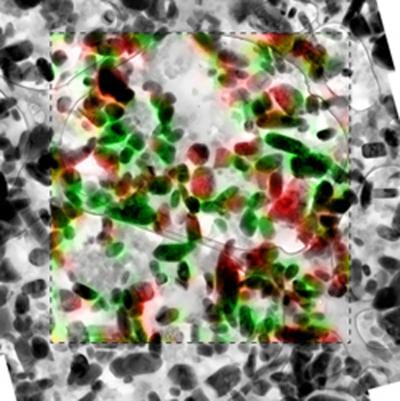
Findings could lead to better performance in lithium-ion batteries in electric vehicles, medical equipment and aircraft.
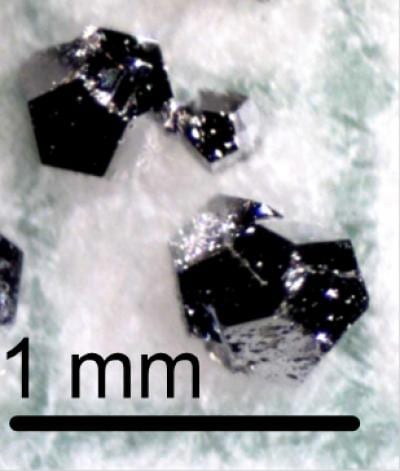
Rare-earth quasicrystals dicovered using an algorithm developed at the DOE’s Ames lab.